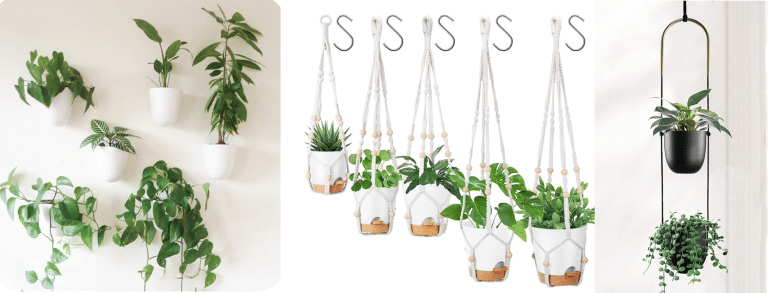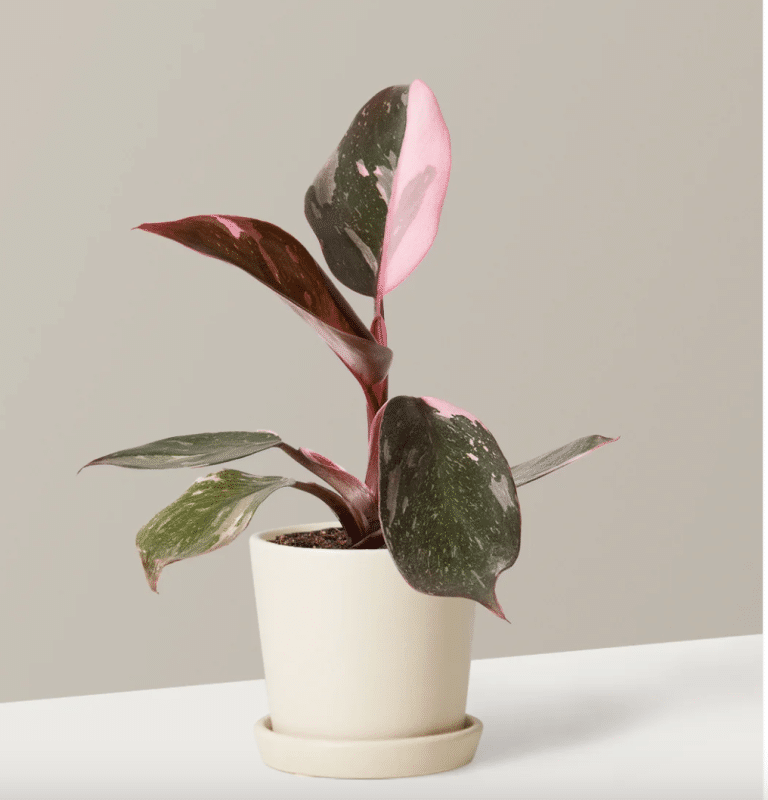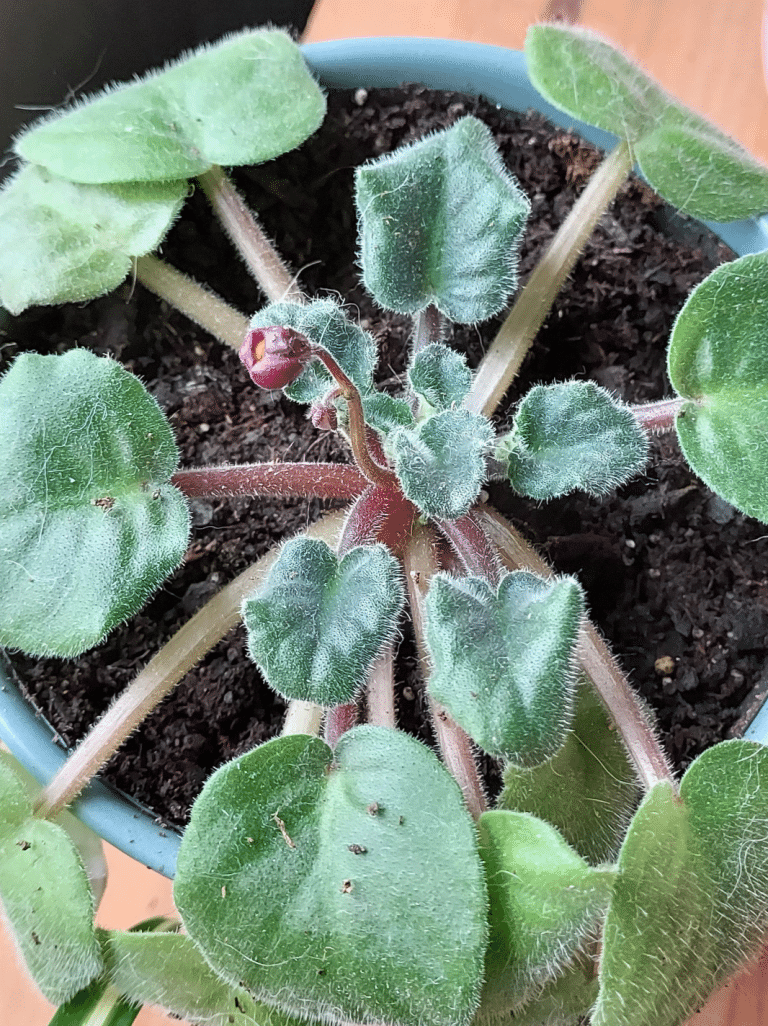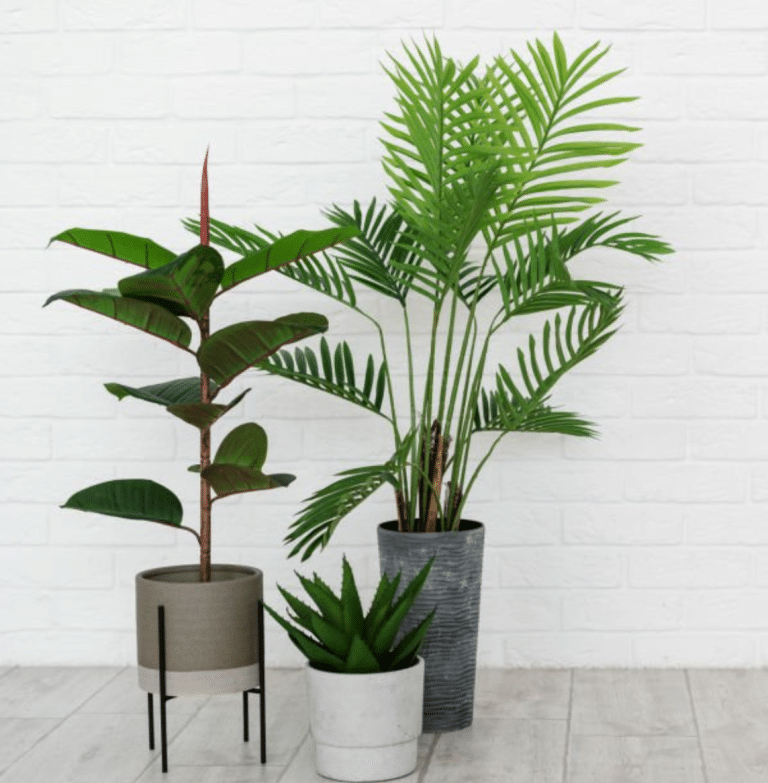How to Style Flowering Houseplants in Your Home Decor
Style tips for flowering houseplants grown in our Brooklyn community home—learn how to brighten any room with blooms, color, and charm!
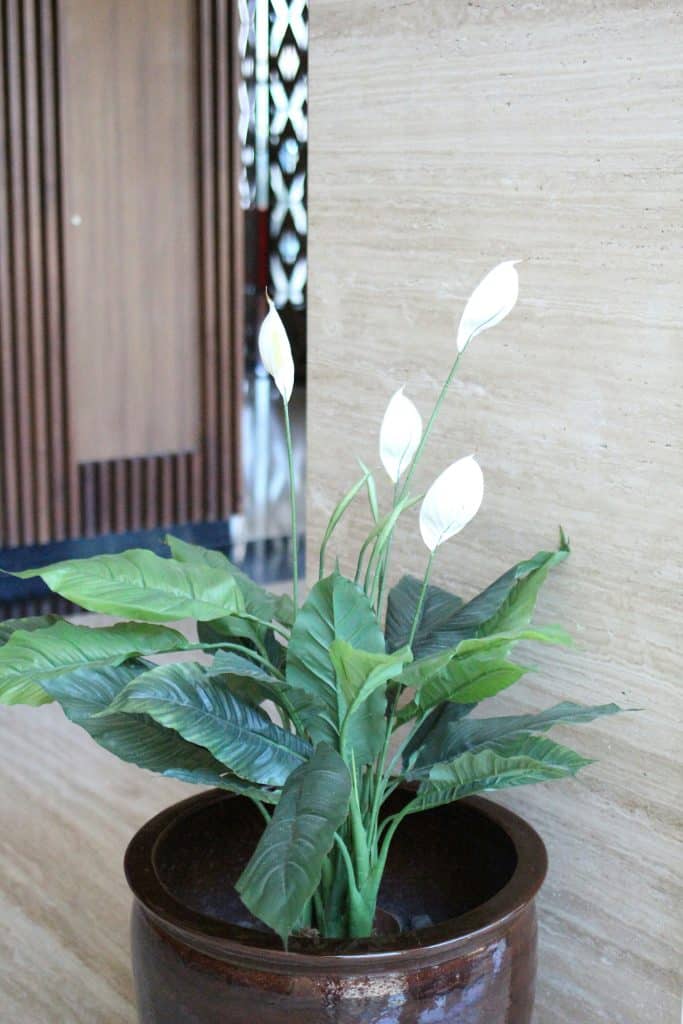
When you purchase through links on our site, we may earn an affiliate commission, which helps sustain our blog!
Flowering houseplants don’t just bring nature indoors—they add color, softness, and a living energy that elevates every corner of your home. Whether it’s a blooming orchid on a bedside table or a bold hibiscus lighting up your balcony nook, these plants do double duty: they thrive and they decorate.
In our Brooklyn home filled with houseplants, we’ve styled flowering varieties across modern, boho, vintage, and eclectic rooms. This guide is full of practical styling ideas to help your blooming beauties bloom longer and shine—from pot choices and shelf arrangements to color pairings and seasonal swaps. No matter your space or aesthetic, we’ll help you turn every flower into a focal point.
Styling tips for flowering houseplants: Matching Planters and Pots to Your Decor
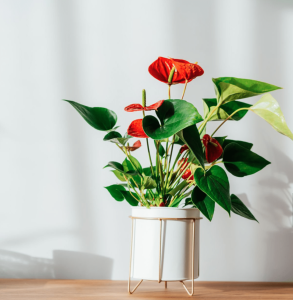
Choosing pots that echo your color palette or contrast it
Sometimes we go with pots that echo the tones already in the room—a soft white planter in a calm, neutral bedroom, or muted terracotta in a warm-toned living space. Other times, a bold contrast pot makes the blooms pop—like a black ceramic pot under a white Peace Lily, or a deep green vessel beneath coral impatiens. Either way, we let the plant and the space guide the vibe.
Pot materials: terracotta, ceramic, brass, rattan, glass
Each pot material brings its own mood. Terracotta feels grounded and earthy (great with hibiscus or kalanchoe). Ceramic adds polish, especially glossy white or soft pastels. Brass or gold-finished pots give a glam touch that really suits anthuriums. We’ve even used rattan baskets as outer pots, and once tried a vintage glass bowl for our African violets—it was delicate but stunning.
Using cachepots or double potting for design flexibility
We love double potting because it means we can keep the plant in its nursery pot for easy watering, but still slide it into whatever decorative container we want. This trick also lets us change the outer pot with the seasons or our mood. A few favorite cachepots rotate through different rooms depending on what’s blooming.
Choosing stands, trays, or baskets to elevate your look
Sometimes it’s not about the pot—it’s about the stand or tray under it. We elevate smaller flowering plants on mid-century wooden stands or use wicker trays to catch drips while adding texture. Baskets work beautifully too, especially with lush bloomers like begonias. They soften the whole look and tie into textiles.
Coordinating with textiles—rugs, curtains, or wall colors
One of our favorite tricks is to repeat a color from a curtain or throw pillow in the plant setup. If there’s a soft blue in the rug, we’ll echo that with a glazed ceramic pot. If the walls are warm ivory, we pair it with rich green foliage and white blooms. Suddenly the whole room feels intentional, even when it’s not.
Color Styling Tips Using Flowering Plants
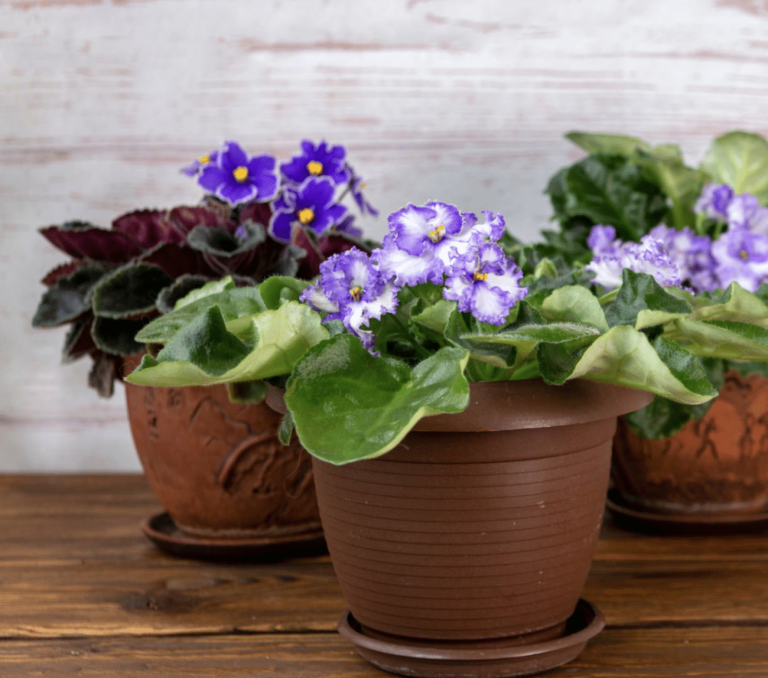
Matching blooms to accent colors in the room
If you’ve got a yellow pillow or green throw blanket, adding a flowering plant in that same tone helps bring it all together. We did this with a pink orchid in a room with dusty rose cushions, and suddenly everything felt cohesive. It’s a subtle touch, but it makes a big difference!
Using contrasting colors to make flowers pop
We’re big fans of contrast when a plant’s flower is the star. Bright red hibiscus against a soft gray wall? Gorgeous. Purple African violets in a pale mint-green pot? Yes, please! The contrast makes the bloom the focal point, especially in otherwise neutral spaces.
Creating monochromatic schemes with flowers and foliage
Monochrome styling doesn’t mean boring—it’s about playing with shades and textures of the same color family. Grouping a purple waffle plant, a lavender orchid, and a violet-hued pot all in one vignette can create a rich, moody corner!
Layering colorful bloomers with green foliage plants
We’ve started styling flowering plants with classic green houseplants to balance out the color. Sometimes even pink and purple houseplants, based on the color of the flower. A blooming begonia next to a bushy pothos softens the palette and adds texture. Green foliage acts like a neutral base—you can build color stories on top of it without it getting overwhelming.
Read also: Why won’t my flowers bloom? and why are the buds falling off?
Styling Flowering Plants with Other Decor Elements
Pairing flowers with candles, books, ceramics, or mirrors
We often build little vignettes on shelves or mantels—say, a flowering kalanchoe beside a stack of books and a small ceramic dish. Or we’ll pair an orchid with a scented candle and a mirror tray. It makes the plant feel part of a larger story, not just a separate thing on the shelf.
Balancing height and scale in vignettes
One of our early styling mistakes was putting everything at the same height. It looked flat. Now, we layer heights—a tall hibiscus next to a low jar of trinkets, or a small violet elevated on a book stack. We aim for three varied heights in any setup to keep it dynamic.
Using plant shelves and wall-mounted planters
Floating shelves have become our favorite place for flowering plants. We’ll pop an African violet on the edge and pair it with a ceramic bust or small mirror. We’ve also started using wall-mounted planters to add vertical interest—great for trailing bloomers like lipstick plants or small flowering ferns.
Combining textures: glossy leaves, soft petals, rough pots
Texture is where styling gets fun. A fuzzy-leafed begonia in a smooth ceramic pot next to a wood candle holder just feels layered. We like pairing glossy leaves and soft blooms with rough concrete pots or woven rattan trays. It adds depth even in the simplest setup.
Adding floral art or textiles to echo plant colors
Sometimes we extend the plant’s impact beyond the pot. We’ve framed a print that matches our geraniums and used cushion covers that reflect the shades of our flowering orchids. It doesn’t have to be exact—just a visual echo is enough to make the space feel pulled together.
Low-Maintenance Bloomers That Look Great in Any Room
- Peace Lily
- Anthurium
- Kalanchoe
- African Violet
- Oxalis
- Begonia
- Bromeliad
- Cyclamen
Conclusion:
Flowering houseplants are more than pretty faces—they’re living decor with personality. By pairing the right plant with the right pot, placing it where it can shine, and coordinating it with your home’s style, you can turn any room into a blooming statement! Whether your space is modern and crisp or cozy and layered, these plants will help it feel more alive, inviting, and uniquely yours.


